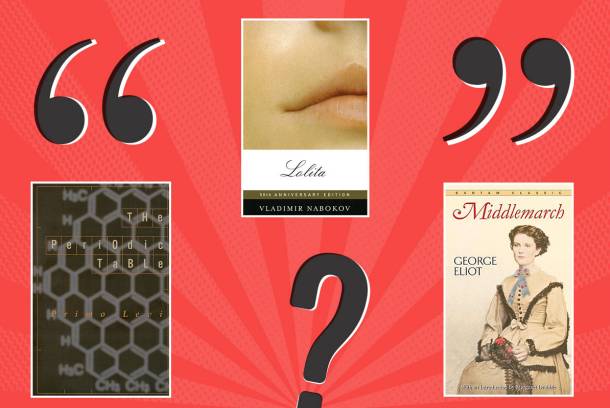- HOME
- INTRO TO THE FORUM
- USE AND MISUSE
- BADLY WRITTEN, BADLY SPOKEN
- GETTING
TO KNOW ENGLISH - PREPARING FOR ENGLISH PROFICIENCY TESTS
- GOING DEEPER INTO ENGLISH
- YOU ASKED ME THIS QUESTION
- ADVOCACIES
- EDUCATION AND TEACHING FORUM
- ADVICE AND DISSENT
- MY MEDIA ENGLISH WATCH
- STUDENTS' SOUNDING BOARD
- LANGUAGE HUMOR AT ITS FINEST
- THE LOUNGE
- NOTABLE WORKS BY OUR VERY OWN
- ESSAYS BY JOSE CARILLO
- Long Noun Forms Make Sentences Exasperatingly Difficult To Grasp
- Good Conversationalists Phrase Their Tag Questions With Finesse
- The Pronoun “None” Can Mean Either “Not One” Or “Not Any”
- A Rather Curious State Of Affairs In The Grammar Of “Do”-Questions
- Why I Consistently Use The Serial Comma
- Misuse Of “Lie” And “Lay” Punctures Many Writers’ Command Of English
- ABOUT JOSE CARILLO
- READINGS ABOUT LANGUAGE
- TIME OUT FROM ENGLISH GRAMMAR
- NEWS AND COMMENTARY
- BOOKSHOP
- ARCHIVES
Click here to recommend us!
READINGS IN LANGUAGE
This section features links to interesting, instructive, or thought-provoking readings about the English language and related disciplines. The selections could be anywhere from light and humorous to serious and scholarly, and they range widely from the reading, writing, listening, and speaking disciplines to the teaching and learning of English.
Getting obsessed over punctuation might prove worth your effort
If you often get so persnickety about the proper punctuation mark to use, your choice might just prove well worth the effort. Who knows, your choice might be so felicitous as to get rated among the most remarkable uses of punctuation marks in English literature.

FROM NEWYORKMAG.COM
In “The 5 Best Punctuation Marks in Literature,” an article that came out in the January 17, 2014 issue of Vulture.com, American journalist and writer Kathryn Schulz has listed what she purports to be the most extraordinary examples she could find of punctuation usage in literary work: (1) Vladimir Nabokov’s “swift, staggering, and brilliant” parenthetical in Lolita; (2) George Eliot’s brazen use of the em-dash to disrupt the narrative flow in Middlemarch; (3) T.S. Eliot’s use of a meandering, existential ellipses in his poem “The Love Song of J. Alfred Prufrock”; (4) Charles Dickens’s wandering colon that “insanely” but fittingly breaks the opening line of his novel The Christmas Carol; and (5) Primo Levi’s use of a final, atomlike dot as a period to end his memoir that’s aptly titled The Periodic Table.
Check out the five now and see if your work so far has used punctuation that you feel deserves inclusion in the Schulz collection.
Read Kathryn Schultz’s “The 5 Best Punctuation Marks in Literature” in Vulture.com now!
ANOTHER INTERESTING READING:
In “Brain uses ‘acoustic signatures’ to understand language,” an article that came out in the January 31, 2014 issue of Health24.com, it is reported that new research into human understanding of language suggests that the brain comprehends speech by picking up on certain kinds of sounds – so-called acoustic signatures. The researchers found that parts of the brain are tuned in to general acoustic signatures instead of specific speech sounds like those made by the letters B or Z. Says study senior author Dr Edward Chang, neurosurgeon and neuroscientist at the University of California, San Francisco: “By studying all of the speech sounds in English, we found that the brain has a systematic organization for basic sound feature units, kind of like elements in the periodic table.”
Read “Brain uses ‘acoustic signatures’ to understand language” in Health24.com now!
Click to read comments or post a comment
View the complete list of postings in this section
(requires registration to post)






